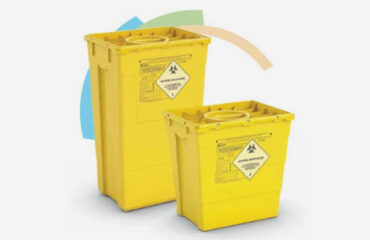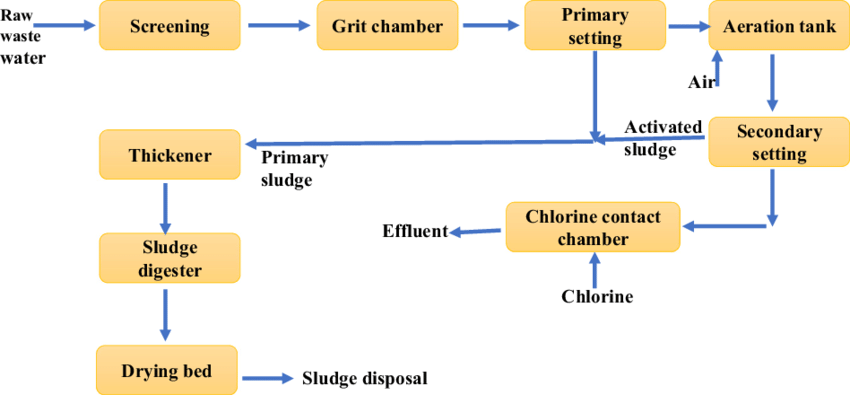Reclaim Waste for Beginners
Table of Contents9 Simple Techniques For Reclaim WasteNot known Facts About Reclaim WasteReclaim Waste Fundamentals ExplainedThe 8-Second Trick For Reclaim WasteAll about Reclaim Waste
Explore the types, occurrences, and forms of fluid waste. Residential sewage waste describes the waste and items from a domestic septic tank. This sort of waste is created by people in homes, institutions, and various other structures. This only includes septic storage tanks that have a drainpipe field. The appropriate monitoring and disposal of domestic sewage waste call for liquid waste to be moved to a sewage treatment plant where the correct approaches and devices are related to detoxify and get rid of waste.
Business waste frequently consists of possible dangers, such as flammable products or a mixture of liquid and solid waste items, and calls for a more innovative and detailed disposal process. The disposal of business waste usually entails the filtration of waste prior to transport to make sure secure and appropriate disposal. Hazardous waste is produced from results and runoff of industrial procedures and manufacturing.
This sort of waste can not make use of the same sewage management transport or procedures as septic or industrial liquids. The industrial waste administration procedure calls for the inspection and testing of liquid waste before it goes through the disposal procedure (industrial wastewater treatment). Runoff waste is the fluid waste that comes from runoff and excess stormwater in highly populated areas or cities
Drainage waste can create contamination and flooding otherwise dealt with appropriately. Discover extra about sewage system cleansing and waste monitoring. Ensuring correct waste administration can prevent catastrophes and decrease ecological damage. Both people in domestic settings and professionals in business or production markets can take advantage of understanding the procedures and regulations of liquid waste management.
The Main Principles Of Reclaim Waste
Get in touch with PROS Services today to discover our waste monitoring and disposal solutions and the appropriate means to take care of the fluid waste you produce.
(https://pxhere.com/en/photographer-me/4429814)This supposed 'wastewater' is not just a vital source but, after therapy, will be released to our land, rivers or the ocean. Made use of water from toilets, showers, bathrooms, kitchen sinks, washings and commercial processes is known as wastewater.

water utilized to cool equipment or tidy plant and equipment). Stormwater, a type of wastewater, is drainage that streams from farming and urban areas such as roofs, parks, yards, roads, paths and rain gutters into stormwater drains pipes, after rainfall. Stormwater flows untreated straight to neighborhood creeks or rivers, eventually reaching the sea.
The Ultimate Guide To Reclaim Waste
In Queensland, many wastewater is webpage dealt with at sewage treatment plants. Wastewater is carried from domestic or industrial websites with a system of sewers and pump terminals, recognized as sewerage reticulation, to a sewer therapy plant.
The Department of Natural Resources recommends regional federal governments about managing, operating and maintaining sewage systems and treatment plants. In unsewered areas, local federal governments might call for householders to install specific or household sewage treatment systems to deal with domestic wastewater from toilets, kitchens, bathrooms and washings. The Division of Natural Resources authorizes making use of household systems when they are confirmed to be efficient.
Many stormwater gets no treatment. In some brand-new neighborhoods, treatment of some stormwater to get rid of trash, sand and gravel has actually begun making use of gross contaminant traps. Wastewater treatment happens in four stages: Removes solid issue. Larger solids, such as plastics and other things wrongly released to sewers, are gotten rid of when wastewater is travelled through screens.
Wastewater then streams into big containers where solids work out and are eliminated as sludge. Oil and residue are skimmed from the surface. Utilizes small living organisms referred to as micro-organisms to damage down and remove remaining liquified wastes and great particles. Micro-organisms and wastes are included in the sludge. Eliminates nitrogen and phosphorus nutrients that might create algal blooms in our rivers and intimidate aquatic life.
Little Known Questions About Reclaim Waste.
Nutrient elimination is not offered at all sewage therapy plants since it needs expensive specialist devices. Clear liquid effluent produced after therapy may still have disease-causing micro-organisms - liquid waste removal melbourne.

The majority of wastewater streams right into the sewerage system. Under the Act, regional governments provide authorizations and permits for ecologically relevant activities (ERAs) entailing wastewater releases that may have a regional impact.
The Ultimate Guide To Reclaim Waste
Tracking supplies factual information about water quality and can validate that permit problems are being satisfied. The info acquired with tracking offers the basis for making water quality decisions.